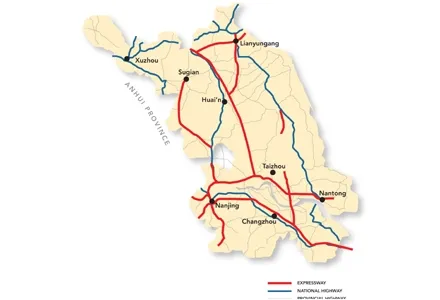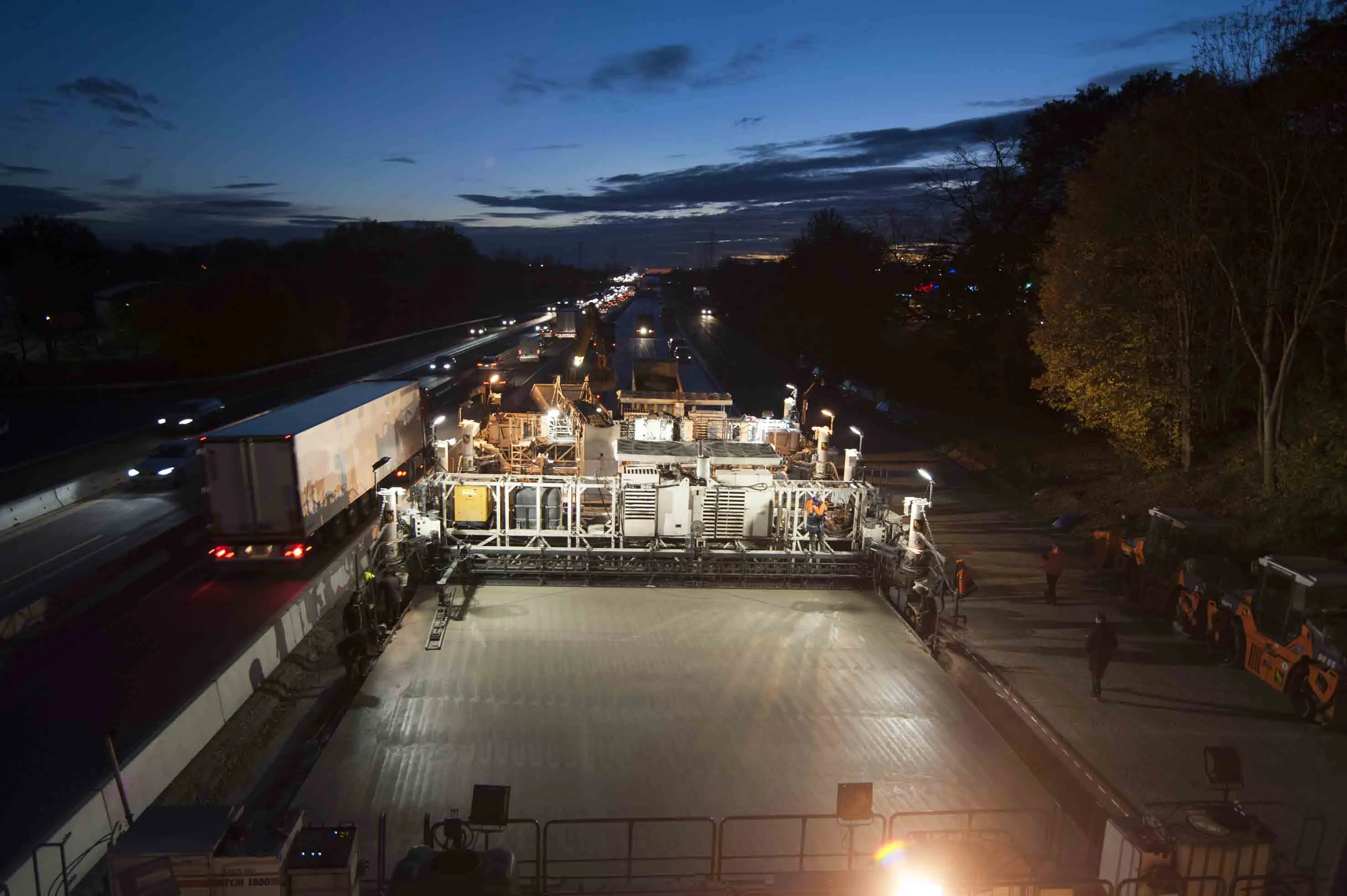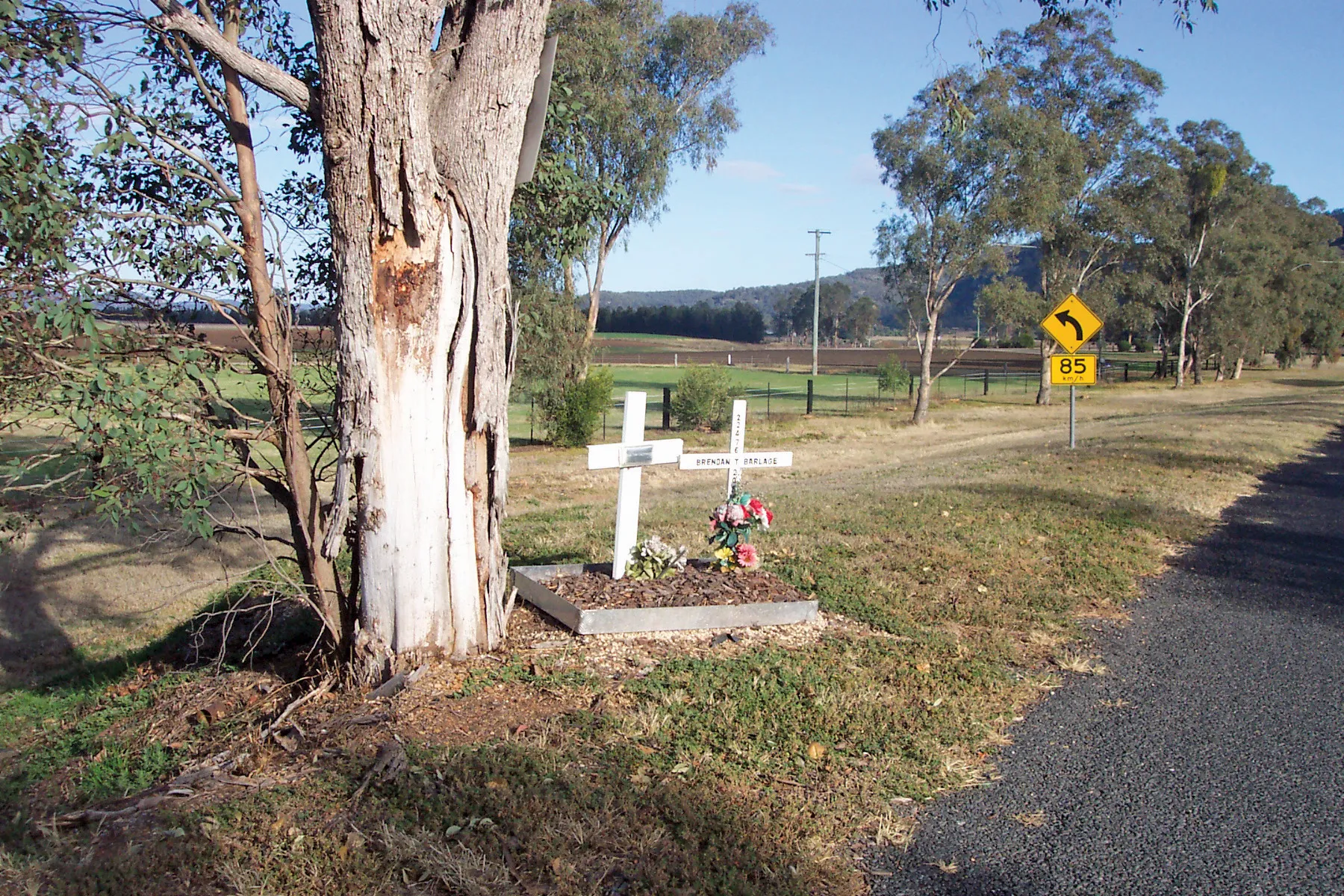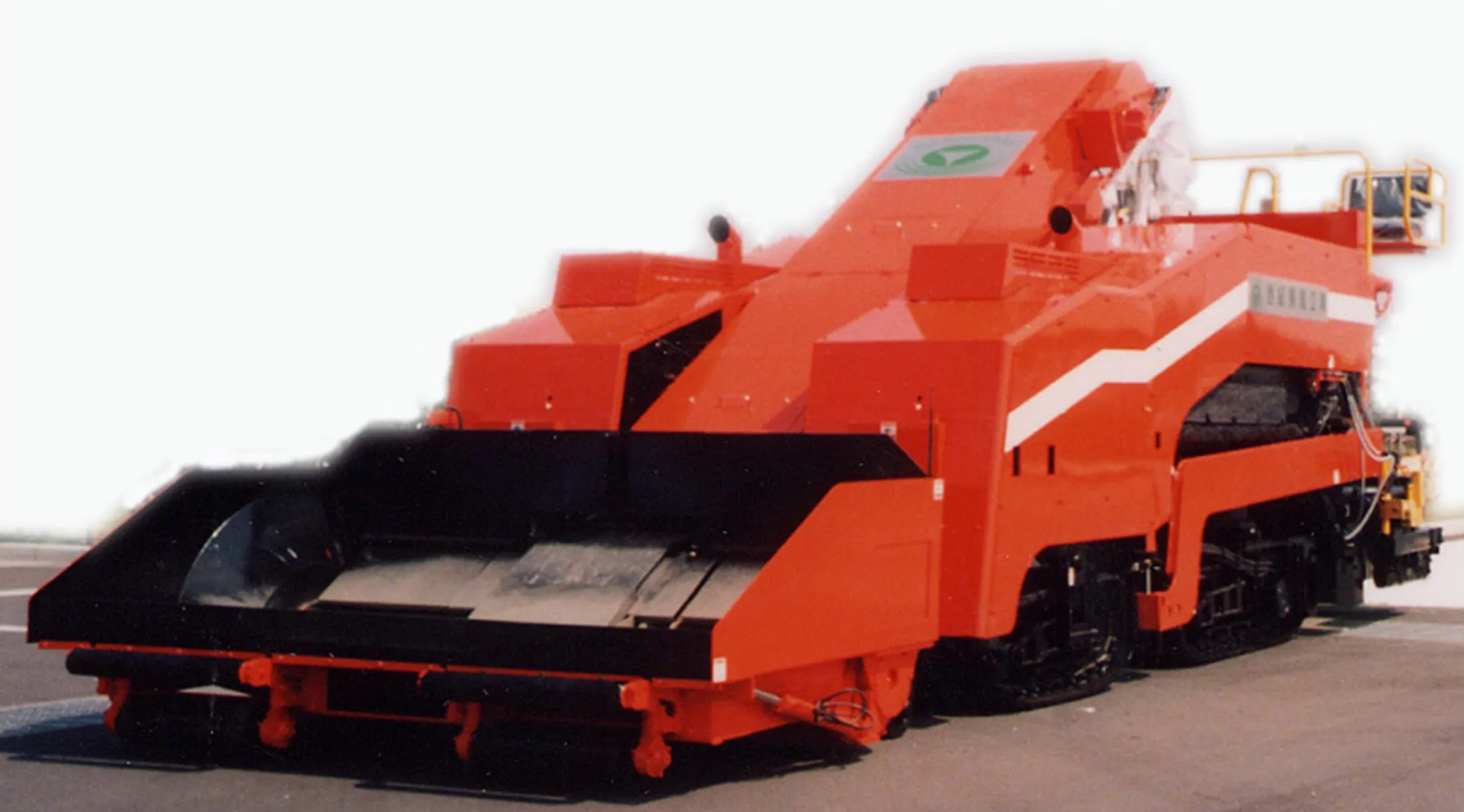Figures recently released indicate that construction spending in China will increase 8.8% each year in real terms through to 2016. Ongoing urbanisation and industrialisation; rebounding foreign investment funding; rising personal income levels and further population and household growth will all work to drive gains. However, further growth will be prevented by a slow-down in the Chinese economy through the forecast period, especially in fixed asset investment. These and other trends are presented in Constru
December 11, 2012
Read time: 3 mins
Figures recently released indicate that construction spending in China will increase 8.8% each year in real terms through to 2016.
Ongoing urbanisation and industrialisation; rebounding foreign investment funding; rising personal income levels and further population and household growth will all work to drive gains.However, further growth will be prevented by a slow-down in the Chinese economy through the forecast period, especially in fixed asset investment.
These and other trends are presented in Construction Outlook in China, a new study from the Beijing office of The
Construction expenditures in China are about equally split among the residential building; non-residential building, and non-building construction segments, each of which accounted for around one-third of total construction spending in 2011.
Non-building construction will be the fastest growing segment through 2016, with expenditures climbing 9.5% annually in real terms, with growth benefitting from state-led efforts to expand and upgrade the country’s transportation infrastructure, which includes a national high-speed railway and the 7918 Network national highway system.
Construction of utilities, including power generation and water supply facilities, will also contribute to non-building construction spending gains, while residential building construction will advance at an 8.5% annual pace in real terms through to 2016.
Non-residential building construction expenditures are forecast to rise 8.3% annually in real terms through to 2016 with advances driven by robust increases in consumer spending (both in China and abroad) for Chinese manufactured goods and services. These increases will spur domestic and foreign direct investment in plants, warehouses, commercial buildings, and shopping complexes.
Meanwhile, demand for construction machinery in China is expected to rise 6.2%/year to 387 billion yuan (US$60.75 billion) in 2015 supported by the increases in construction spending, says Construction Machinery in China, another report from Freedonia.
Excavators and cranes are the largest construction machinery product segment due to their widespread use in construction, and wheeled loaders will also see healthy demand increases, benefiting from their functional versatility. Mixers and related equipment will be one of the fastest growing product segments, benefiting from increased use in the numerous types of infrastructure projects in China which are intensive users of cement. Components and attachments will see the most rapid growth due to favourable government policies under the 12th Five-Year Plan.
Both reports are available from The Freedonia Group. Further details from Corinne Gangloff (Tel: +1 440 684 9600 or Email: %$Linker:
CONSTRUCTION EXPENDITURES IN CHINA (billion 2010 yuan)
| % Annual Growth Item | 2006 | 2011 | 2016 | 2006-2011 | 2011-2016 |
|---|---|---|---|---|---|
| Construction Expenditures | 4983 | 10780 | 16400 | 16.7 | 8.8 |
| Residential Building | 1691 | 3560 | 5360 | 16.1 | 8.5 |
| Non-residential Building | 1780 | 3740 | 5560 | 16.0 | 8.3 |
| Non-building | 1512 | 3480 | 5480 | 18.1 | 9.5 |









